The Evolution of Sports Memorabilia: From Collector's Item to Cultural Icon
Home » Sports Memorabilia: From Collectible to Cultural Icon
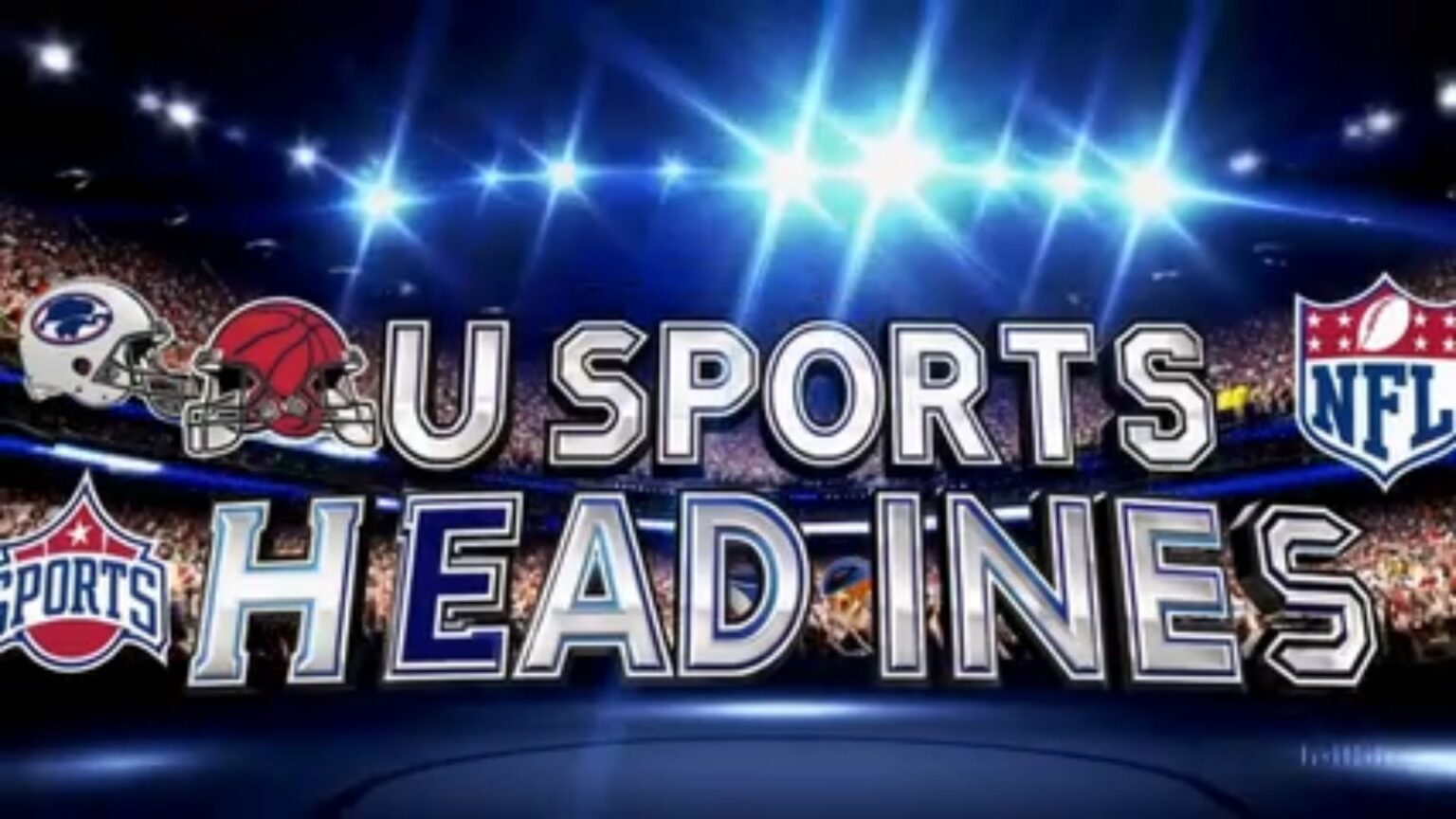
Sports memorabilia didn’t start as a billion-dollar business. Hello, I’m Dean, and what a pleasure it is to write this article. Back in the day, it was about passion, pride, and bragging rights. Early examples—like autographed baseballs from the early 1900s—were about personal connection. They were not about profit. Imagine holding a ball Babe Ruth touched. That’s not just history; that’s magic.
Scarcity played a big role. If there was only one signed program from a championship, collectors knew they had gold. Historical value made these items special. Early collectors weren’t chasing money—they were saving stories. They knew the difference between “just a bat” and “the bat that won the game.”
In many ways, these pioneers set the tone for the future. As a result, they built the base for an industry now seen on magazine covers, auction floors, and in Hollywood movies.
From Passionate Hobbies to Lucrative Market
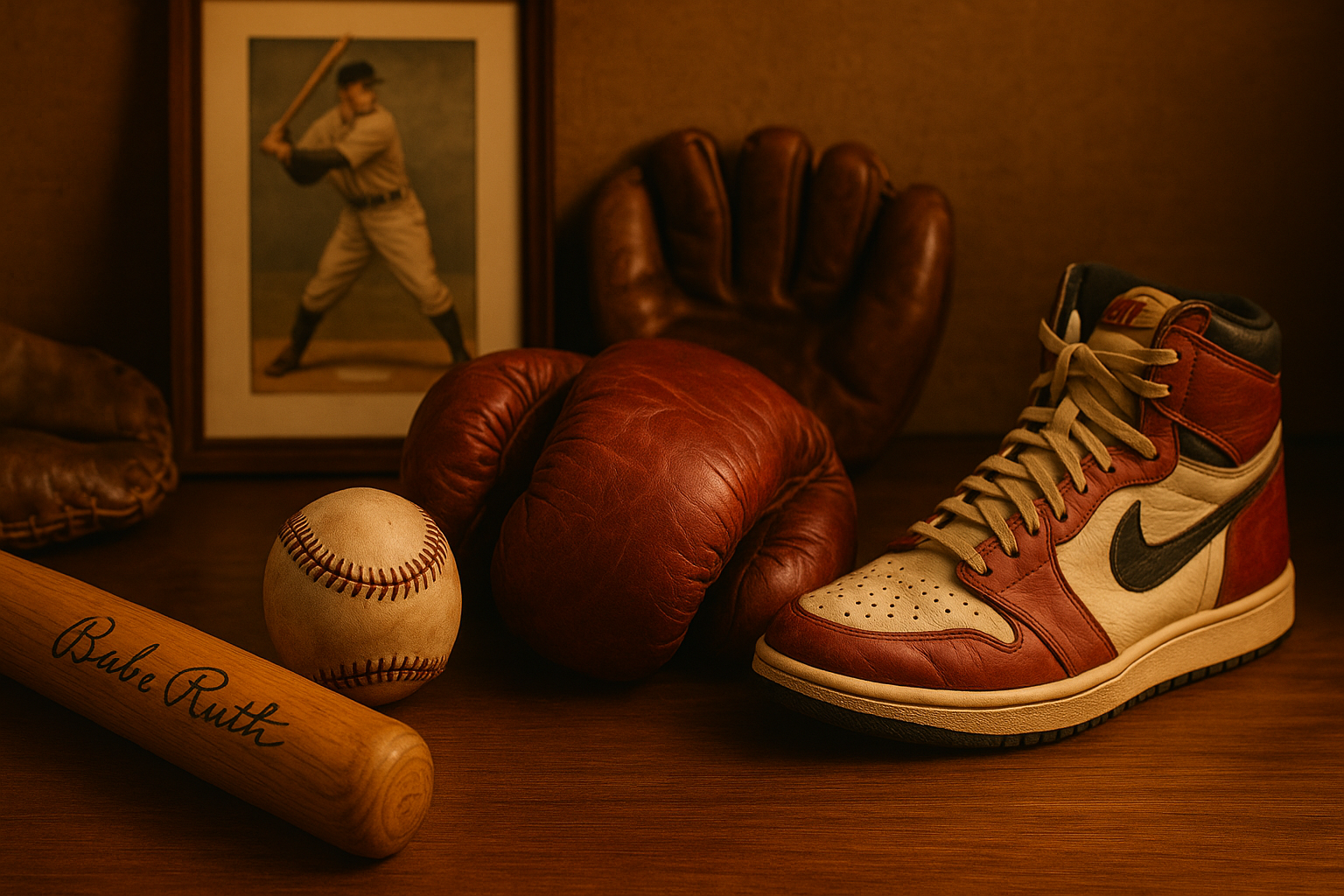
Then something happened. Passion met profit, and sports memorabilia became a stock market with jerseys. Auctions exploded in the 1980s and 90s. Prices climbed fast. Remember Mark McGwire’s 70th home run ball? It sold for $3 million. That’s not collecting—that’s Wall Street with stitching.
Celebrity collectors fueled the fire. When famous athletes and actors started bidding, the stakes jumped. People saw they weren’t just buying a piece of sports—they were buying history. Furthermore, these sales brought more people into the game.
Even so, money didn’t kill the passion. Instead, it added energy. Every auction became a sporting event. They were full of drama, competition, and big surprises.
Sports Memorabilia as Cultural Icons
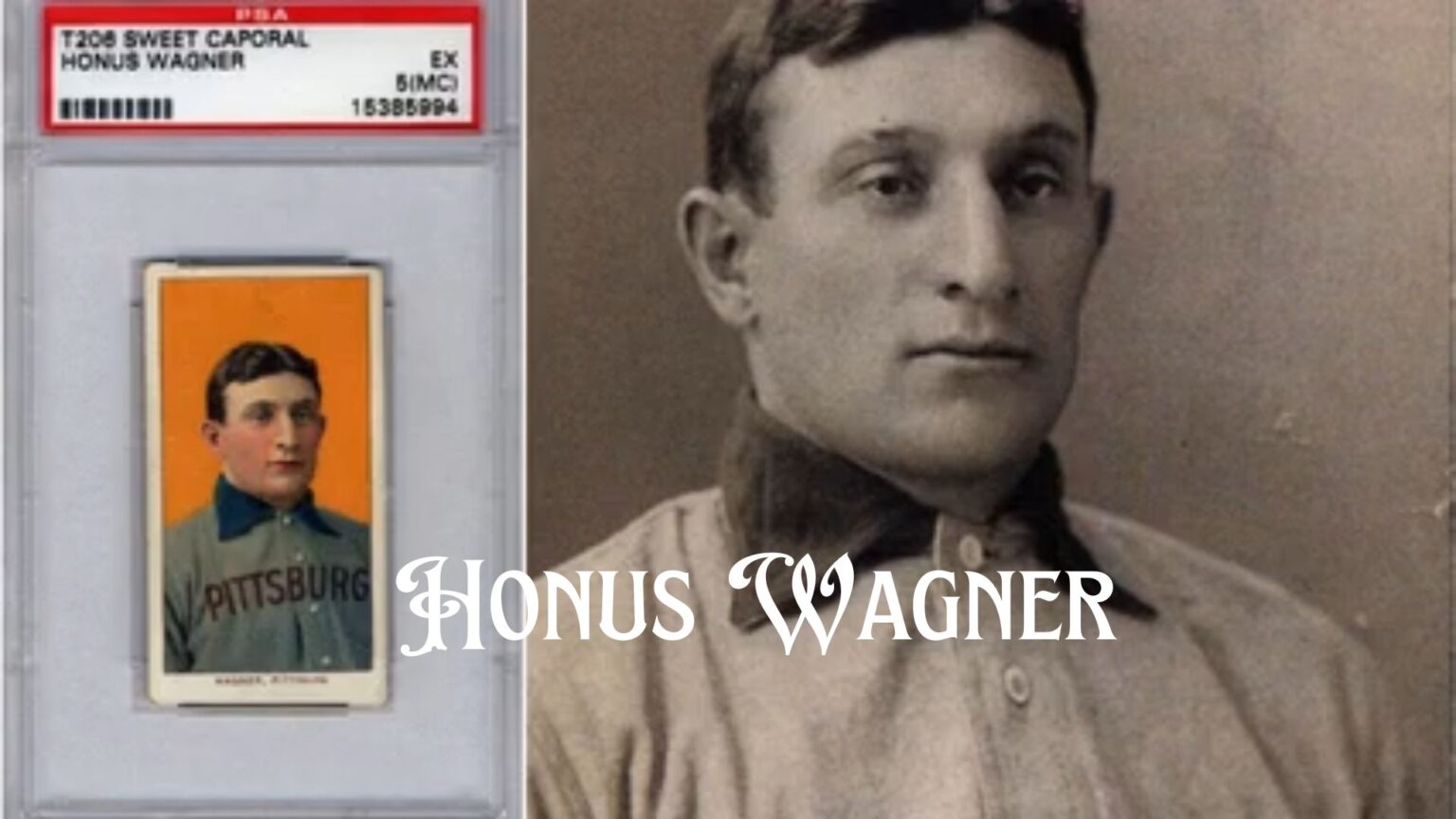
Here’s where it gets fun. Sports memorabilia moved from the collector’s basement into pop culture. Michael Jordan’s game-worn sneakers? They’re not just shoes—they’re style statements. Muhammad Ali’s gloves? They’re symbols of courage and history.
Media played a huge role. Movies, documentaries, and sitcoms used these artifacts to show nostalgia and real history. Meanwhile, the right jersey in the background could set a scene. It could spark a memory or sell a lifestyle.
Some items became so famous they appeal to people who don’t even watch sports. Why? Because they represent moments bigger than the game. They are moments that shaped eras, inspired millions, and proved heroes can be real.
Digital Age and the New Era of Collecting
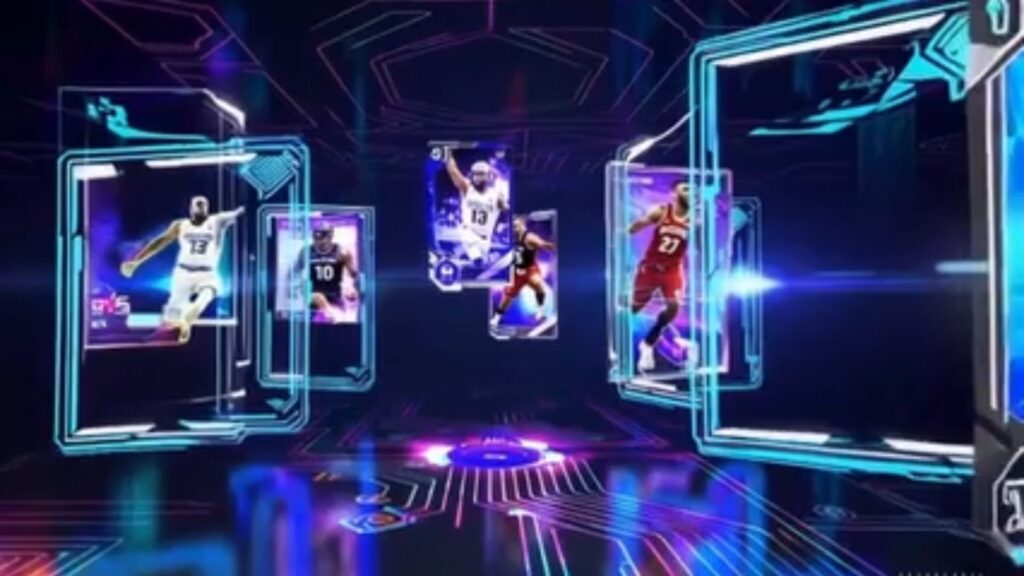
Technology changed everything. NFTs, online auctions, and instant checks pushed sports memorabilia into the fast lane. You don’t have to wait for a convention. You can bid on a signed jersey from your couch.
This easy access grew the audience. Now, a rookie collector in Tokyo can compete with a seasoned buyer in New York for the same item. Of course, new problems followed—fake items, copyright issues, and the occasional NFT crash.
Still, the chance is huge. Digital collectibles let fans own history without worrying about moths or sunlight. Moreover, blockchain checks make the “Is it real?” question much shorter.
An Original Film We Made About The Development Of Sports Memorabilia
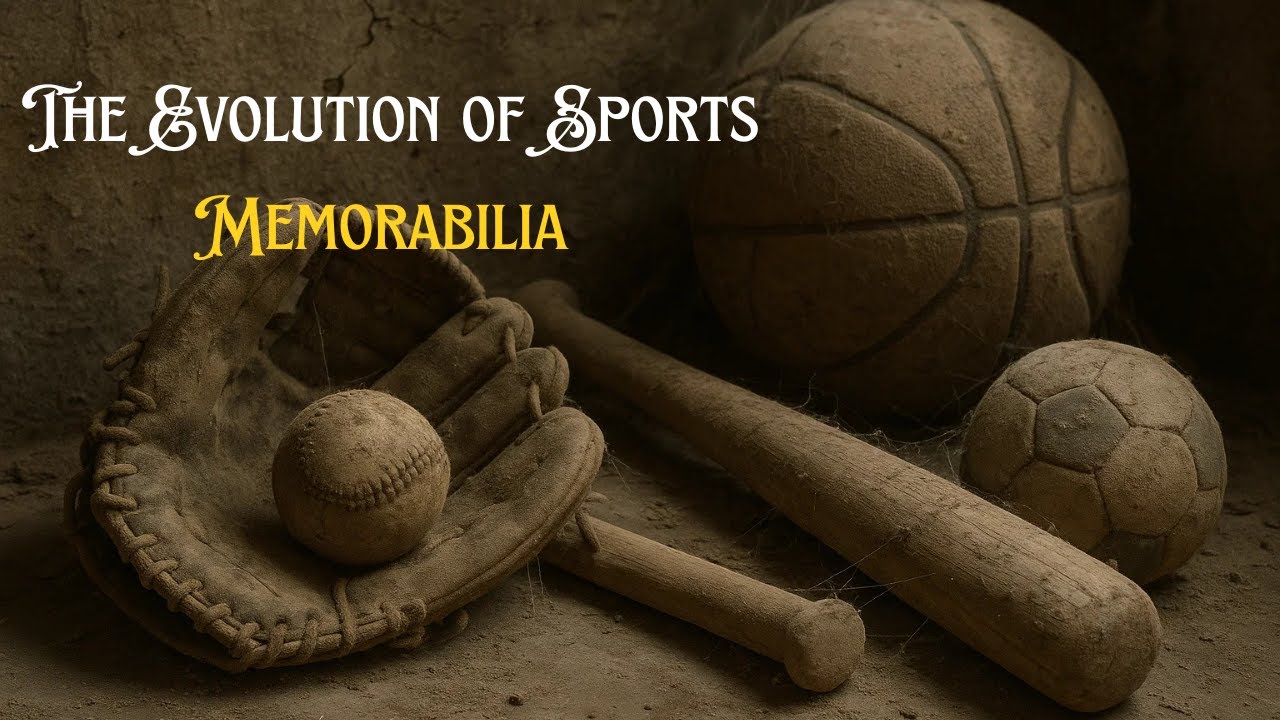
The Future of Sports Memorabilia
Looking ahead, technology will keep changing the game. Expect augmented reality memorabilia. Imagine scanning your signed baseball and watching the game it came from. Artificial intelligence could also check and price items instantly.
Sustainability will matter too. Ethical sourcing, eco-friendly display cases, and digital options will bring in new collectors. Plus, as younger fans grow up with both physical and digital items, mixed collections could become the norm.
The bottom line? Sports memorabilia isn’t going anywhere. It’s growing. It’s changing. And—if history is right—it’s becoming even more valuable both in culture and in cash.
Have you got what it takes to oversee the development of sports memorabilia?Frequently Asked Questions Resolved

What were some of the earliest forms of sports memorabilia and when did collecting begin to gain popularity?
Early sports memorabilia included programs, ticket stubs, scorecards, and autographed baseballs. These keepsakes started as simple mementos for fans attending games in the late 1800s and early 1900s. However, collecting began to gain real popularity after major sporting events were covered in newspapers and, later, on radio. As a result, fans wanted something tangible to remember those moments. Eventually, the rise of professional leagues like MLB and the NFL fueled interest further, turning small keepsakes into valuable collectibles.
Which historical events or figures had a significant impact on the demand for sports collectibles?
Several events and personalities changed the game for Sports Memorabilia. Babe Ruth’s dominance in the 1920s made his autographs and bats must-haves. Jackie Robinson breaking baseball’s color barrier in 1947 created a surge of historically important items. Moreover, events like Muhammad Ali’s championship fights and Michael Jordan’s NBA reign turned gloves, robes, and sneakers into cultural treasures. Each milestone drew new fans into the hobby, driving both emotional and financial value.
How has the internet revolutionized the sports memorabilia market and what platforms have emerged as a result?
The internet didn’t just change Sports Memorabilia—it transformed it completely. Before online access, collectors had to attend live auctions or trade shows. Now, platforms like eBay, Heritage Auctions, and Goldin Auctions make it possible to bid on rare pieces from anywhere in the world. Furthermore, online marketplaces introduced more competition, which often drives prices higher. Authentication services also went digital, making it easier and faster to verify an item’s legitimacy before making a purchase.
What factors are driving the growth of the sports memorabilia market in recent years?
Several key factors are pushing the growth of sports memorabilia. Nostalgia is a big one—fans want to reconnect with the sports moments of their youth. In addition, celebrity endorsements and social media exposure are expanding the audience. Another driver is the investment angle; many buyers see collectibles as assets that can grow in value. Finally, global interest in American sports, fueled by international broadcasts, has brought in collectors from all over the world.
What ethical considerations should both collectors and sellers be aware of in the context of sports memorabilia?
Ethics matter in Sports Memorabilia. Sellers must be transparent about authenticity and condition, avoiding misleading claims. Collectors should be cautious about stolen goods or items with unclear origins. Furthermore, the growing digital market raises issues around fake certificates and counterfeit NFTs. Staying informed, using reputable dealers, and relying on trusted authentication services can help ensure transactions are both legal and fair.
What are some of the key trends shaping the future of sports memorabilia and collecting?
The future of Sports Memorabilia will be shaped by technology and culture. Expect to see more digital collectibles, such as NFTs tied to live game highlights. Augmented reality could bring items to life, showing video replays when scanned. Moreover, sustainability trends will encourage eco-friendly display cases and ethical sourcing. As younger collectors enter the market, hybrid collections—mixing physical and digital items—will likely become the norm, blending tradition with innovation.
Nostalgia Nook Antiques Sports
At Nostalgia Nook Antiques, we get it—sports memorabilia is more than “stuff.” It’s stories, legends, and bragging rights in one. Whether you want a signed baseball, a vintage jersey, or something that makes your man cave the envy of the block, we’ve got it. Step into the past, grab a piece of history, and own a legend today.
Bonus Content:

We aimed to share some helpful insights and thoughts with you in this article about sports memorabilia. Check out additional content we think you’ll enjoy down below.